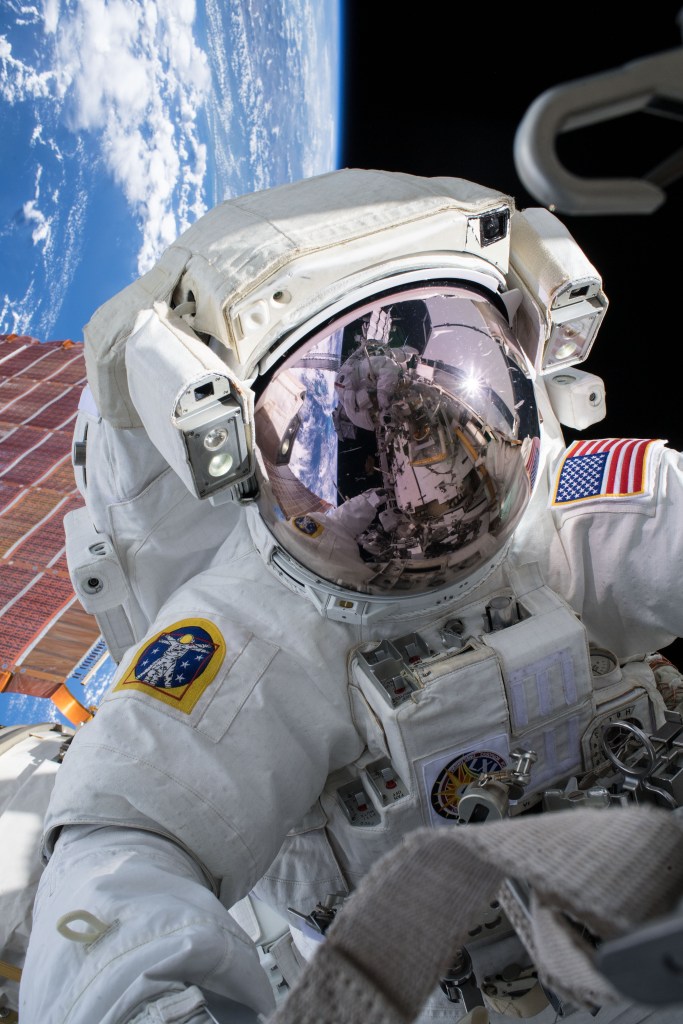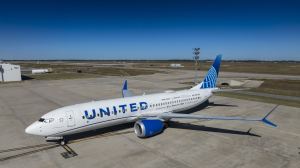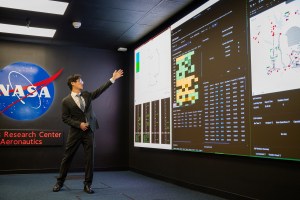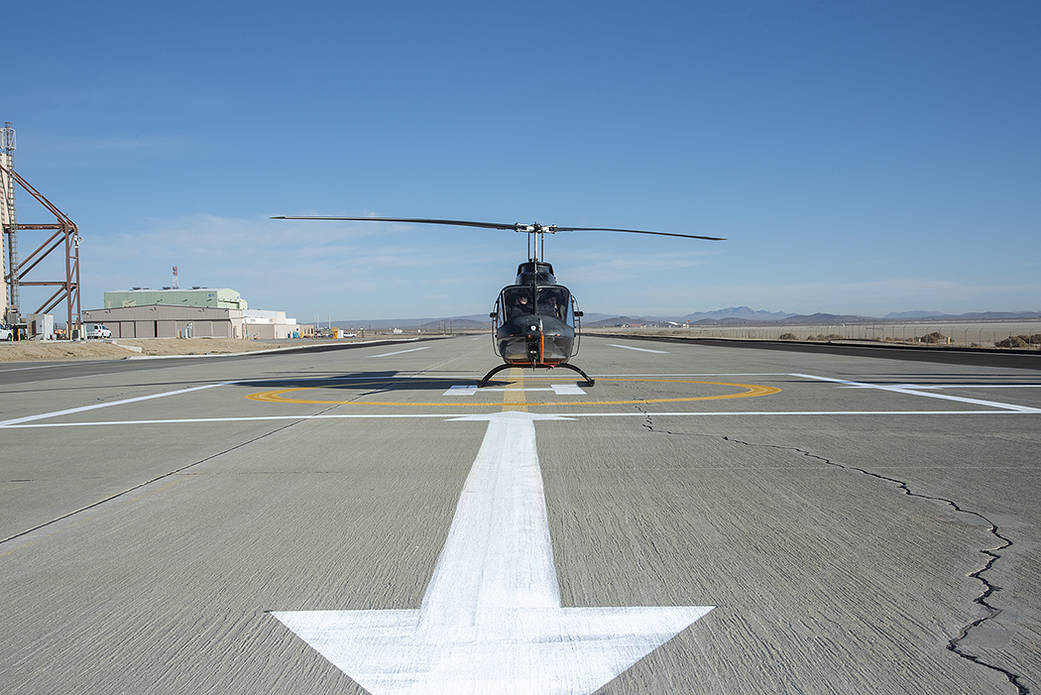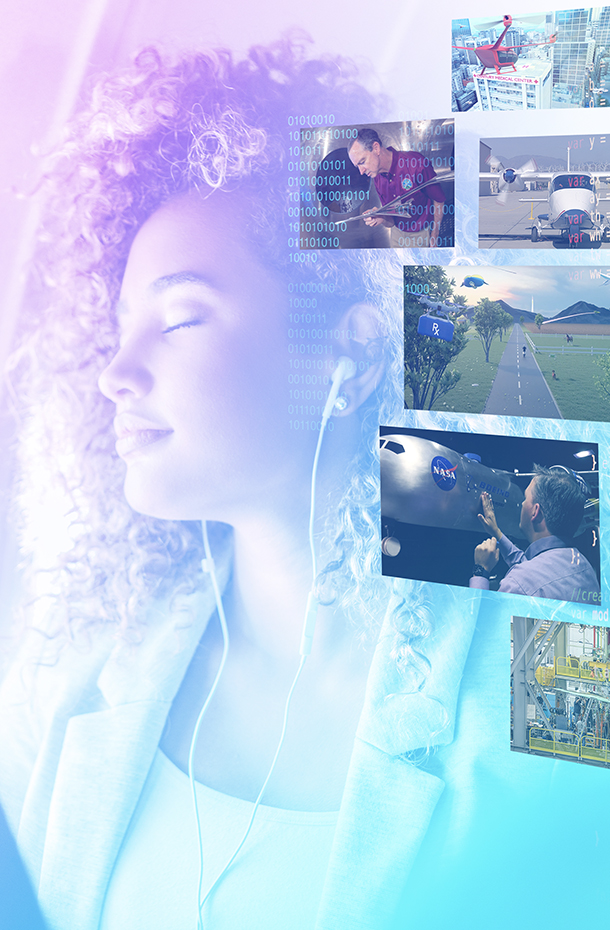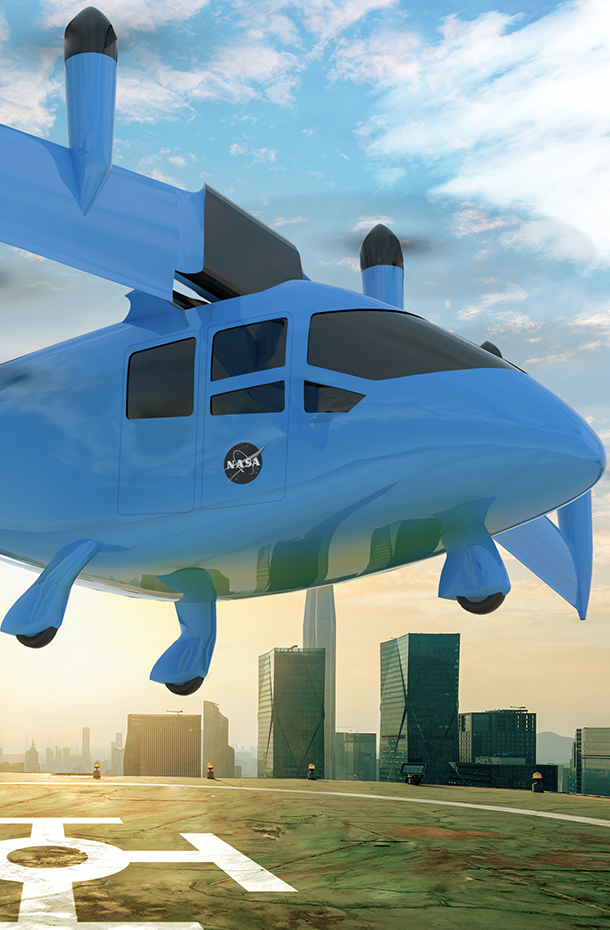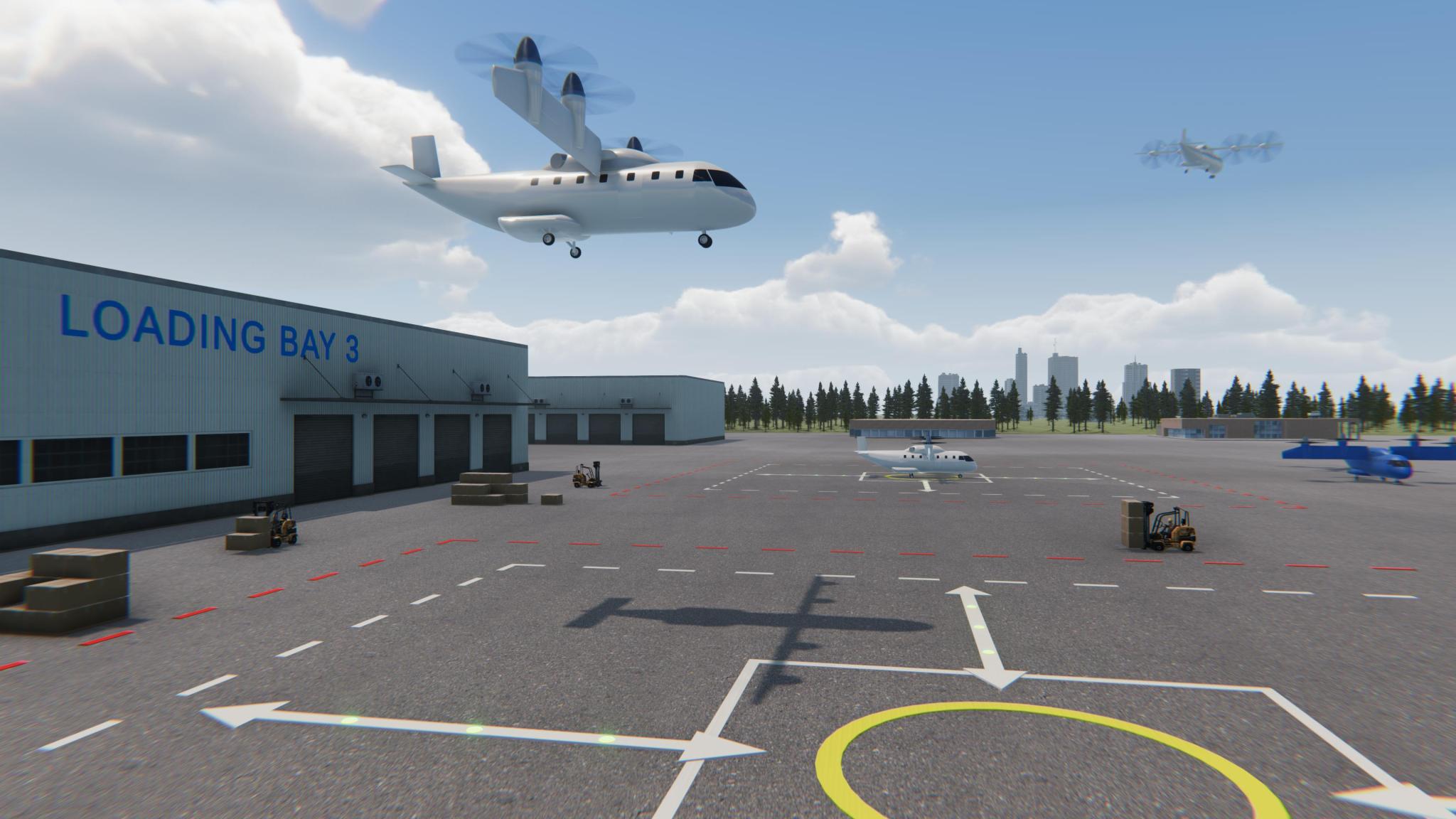
Lee esta historia en español aquí.
We can receive packages faster today than ever before thanks to online ordering and quick delivery services. The demand for this type of rapid delivery continues to increase and new methods for cargo transportation are needed to keep up.
NASA is uniquely qualified to revolutionize the cargo transportation industry by finding solutions for faster and cleaner modes of moving packages, using both large cargo delivery aircraft and small package delivery drones. Currently, NASA is partnering with Elroy Air and Reliable Robotics both of which are designing Advanced Air Mobility cargo delivery aircraft prototypes. The partnership’s goal is to learn more about these aircraft as they are being built and tested.
“We see that cargo transportation doesn’t have the same challenges that transporting humans has so it is a really good way to build experience and trust in these new aviation operations before they are extended to human transportation,” says Kurt Swieringa, deputy project manager for technology for the Air Traffic Management eXploration (ATM-X) project.
NASA is researching how these new aircraft will integrate into the existing airport environment and into U.S. airspace as a whole. The idea is to use many aircraft to move lots of cargo and packages in an on-demand fashion. Current air traffic management systems can’t handle the scale of operations that is envisioned by NASA’s Advanced Air Mobility (AAM) mission, so added reliance on digital communications and autonomy will be needed to safely integrate these new operations into the airspace.
AAM will find safe solutions for moving more packages by air and research areas in air traffic management, automation, aircraft design, and safety assurance will need to be combined to make these operations a reality. Government agencies, industry, and the public, will need to combine their efforts to safely integrate this new class of aircraft.
NASA’s vision is to map out safe, accessible, and affordable new air transportation systems alongside industry and community partners and the Federal Aviation Administration. These new capabilities would allow passengers and cargo to travel on-demand in innovative, automated aircraft across town, between neighboring cities, or to other locations typically accessed today by car.





















